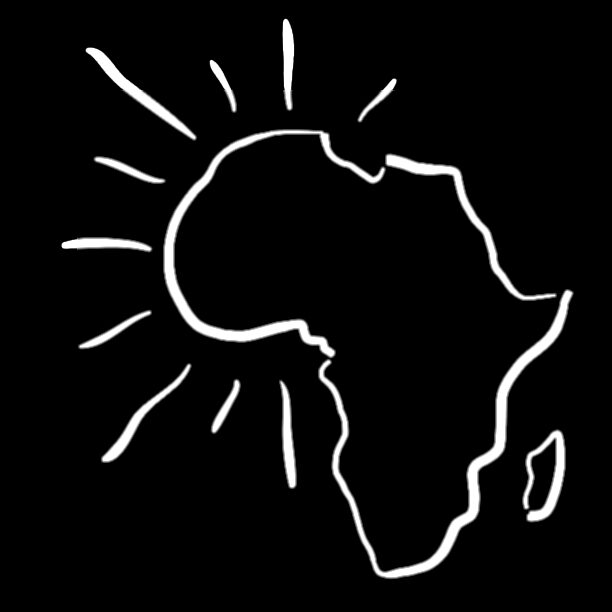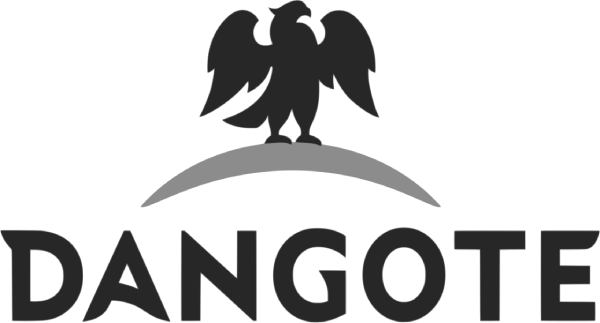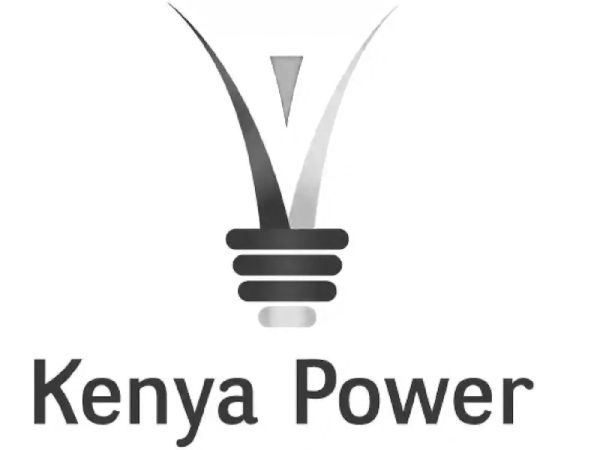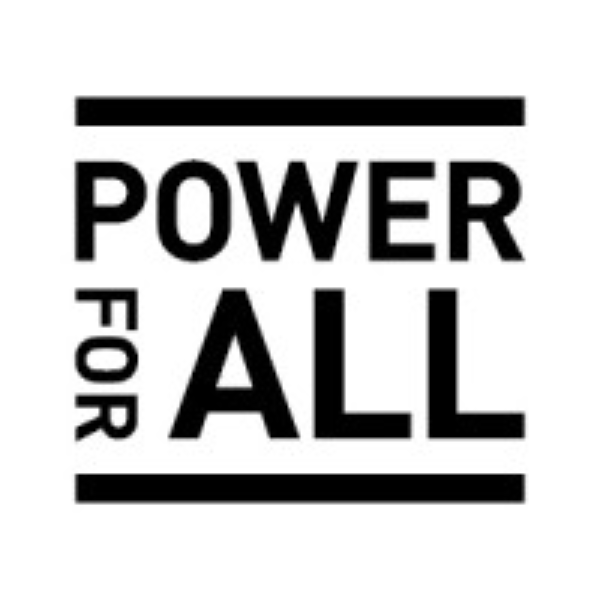Green bonds are fixed income securities used to exclusively finance environmentally friendly projects. About a third of all green bonds issued worldwide to date have financed renewable energy generation projects.
Other categories of green projects typically financed with green bonds are eco-transportation, smart grids, green buildings, water and wastewater management, sustainable agriculture, and biomass technologies. According to the non-profit Climate Bonds Initiative (CBI), global green bond issuance reached a record USD269.5 billion in 2020, slightly up from a prior record USD266.5 billion in 2019. The African green bond issuance in 2019 was USD2.7 billion (CBI Africa Green Bond Toolkit, 2020).
The CBI forecasts another record global bond issuance of USD400 – USD450 billion for 2021 – partly bolstered by a pandemic subdued capital market activity in 2020. Nonetheless, these figures pale in comparison to the USD21 trillion of global market bonds issued in 2019 (SIFMA 2020).
WHY AFRICA NEEDS GREEN BONDS
Africa is one of the most vulnerable continents to climate change because it lacks adequate public sector capital to adapt to and mitigate climate change impacts. Conversely, Africa has plentiful renewable energy resources, much of which remains undeveloped. Given this contrast, there are two reasons why green bonds can help African governments finance green infrastructure and also develop coping mechanisms for climate change impacts.
First, green bonds have clearly defined mandates and scopes. Therefore, there’s less opportunity for governments to divert bond issuance proceeds to inappropriate projects. Second, a green bond is often structured as a long-term investment. Therefore, it is a good fit for financing green projects, especially solar power generation projects, which typically have long payback periods.
WHICH COUNTRIES HAVE ISSUED GREEN BONDS?
According to the World Bank’s International Finance Corporation (IFC), “the estimated total investment potential for the climate-smart needs of Côte d’Ivoire, Kenya, Nigeria, and South Africa is USD783 billion by 2030. Sixteen percent of this potential is for renewable energy generation (USD123 billion), while well over half (USD499 billion) is for the transportation sector.” (IFC 2016).
If such is the potential for only four African countries, then the potential for the continent must be huge. However, since South Africa’s state owned Industrial Development Corporation (IDC) issued Africa’s first green bond in 2012, only six more countries had issued bonds at the end of 2020.
Table 1: African Green Bond Issuances, 2012-2020| Country | Issuer | Value (USD million) | Issued | Maturity | Tenor (Years) | Return (Coupon) | Listing |
|---|---|---|---|---|---|---|---|
| SOUTH AFRICA | Industrial Development Corporation (IDC) | 700 | Apr-12 | Apr-26 | 14 | 9% | Unlisted |
| South Africa | Nedbank Group Ltd. | 116 | Apr-19 | Apr 2022, Apr 2024, Apr 2026. | 3, 5, 7 | FRNs: 8.298% (Apr 2022); 8.458% (Apr 2024); 8.568% (Apr 2026). | JSE GBS |
| South Africa | Nedbank | 68 | Oct-19 | Oct 2022, Oct 2024. | 3, 5 | FRNs: 7.875% (Oct 2022); 8.005% (Oct 2024). | JSE GBS |
| South Africa | Nedbank | 116 | Jun-20 | Jun-30 | 10 | FRN | JSE GBS |
| South Africa | Growthpoint Properties | 97 | Mar-18 | Mar 2023, Mar 2025, March 2028. | 5, 7, 10 | FRNs: Mar 2023 (reference floating rate plus 1.39% margin); Mar 2025 (1.69% margin); Mar 2028 (2.00% margin). | JSE GBS |
| South Africa | City of Cape Town | 74 | Jul-17 | Jul-27 | 10 | 10.17% | JSE GBS |
| South Africa | City of Johannesburg | 138 | Jun-14 | Jun-24 | 10 | 9.6% | JSE |
| South Africa | Standard Bank Group | 200 | Mar-20 | Mar-30 | 10 | 2.875% | LSE |
| Sub-Total | 1,509 | ||||||
| MOROCCO | Morocco Agency of Sustainable Energy (MASEN) | 118 | Nov-16 | Nov-34 | 18 | Unknown | Unlisted |
| Morocco | BMCE Bank of Africa | 48 | Nov-16 | Nov 2021 | 5 | Unknown | Unlisted |
| Morocco | Casablanca Finance City Authority | 38 | Sep-18 | Sep-33 | 15 | 5% | Unlisted |
| Morocco | Banque Centrale Populaire (BCP) | 150 | Jun-17 | Jun-27 | 10 | Unknown | Unlisted |
| Morocco | Al Omrane Holding | 52 | Nov-18 | Nov-28 | 10 | Unknown | Unlisted |
| Sub-Total | 406 | ||||||
| NIGERIA | Federal Government of Nigeria (FGN) | 30 | Dec-17 | Dec-22 | 5 | 13.48% | NSE |
| Nigeria | FGN | 41 | Jun-19 | Jun-26 | 7 | 14.50% | NSE |
| Nigeria | North South Power | 23 | Feb-19 | Feb-34 | 15 | 15.60% | NSE |
| Nigeria | Access Bank PLC | 41 | Mar-19 | Mar-24 | 5 | 15.50% | NSE and LuxSE |
| Sub-Total | 135 | ||||||
| NAMIBIA | Bank of Windhoek | 5 | Dec-18 | Dec-21 | 3 | FRN: reference floating rate plus 1.50% margin | NSX |
| KENYA | Acorn Projects Ltd. | 41 | Oct-19 | Oct-24 | 5 | 12.25% | NSE and LSE |
| SEYCHELLES | Republic of Seychelles | 15 | Oct-18 | Oct-28 | 10 | 6.5% | Unlisted |
| EGYPT | Egypt | 750 | Sep-20 | Sep-25 | 5 | 5.25% | LSE |
| AFRICA TOTAL | 2,861 |
Table 1 above indicates the cumulative Africa green bond issuance was less than USD3 billion as at December 2020. This is less than 1% of the over USD1 trillion in global cumulative green bond issuance through December 2020.
Other than institutional capacity issues, one reason why so few countries have issued green bonds may be that many more countries have projects financed by green bonds issued not by them but by development finance institutions (DFIs) like the Africa Development Bank (AfDB) and the World Bank – through the International Finance Corporation (IFC) and the International Bank for Reconstruction and Development (IBRD). For instance, since issuing its first green bond in October 2013, the AfDB has issued six more multiple currency green bonds. The proceeds from these bonds have financed, or have been committed to financing, eligible green projects in 15 African countries (see table below) such as South Africa, Kenya and Nigeria.
Table 2: AfDB Green Bond Funded Projects (Total Country Allocation As At December 31, 2020)| COUNTRY | USD (million) | EUR (million) | ZAR (million) | ||||
|---|---|---|---|---|---|---|---|
| Cameroon | - | 130 | - | ||||
| Cape Verde | - | 14 | - | ||||
| Egypt | 38 | 53 | - | ||||
| Ethiopia | 105 | - | - | ||||
| Ghana | 14 | - | - | ||||
| Kenya | - | 120 | - | ||||
| Morocco | 200 | 703 | - | ||||
| Rwanda | 25 | - | - | ||||
| Senegal | - | 244 | - | ||||
| Seychelles | 21 | - | - | ||||
| South Africa | - | - | 4,341 | ||||
| Tanzania | 97 | - | - | ||||
| Tunisia | - | 74 | - | ||||
| Uganda | 274 | - | - | ||||
| Zambia | 35 | - | - | ||||
| TOTAL | 809 | 1,338 | 4,341 |
Table 2 above indicates that AfDB’s largest green bond financing recipient is Morocco. This is probably because Morocco is heavily dependent on fossil fuel imports and the country has a very ambitious and regional trend-setting renewable energy strategy.
Given the combination of protocols, standards, and capital market expertise typically required to successfully issue a green bond (see CBI Africa Green Bond Toolkit, 2020), most African capital markets are too small and/or too illiquid to support the issuance and/or trading of green bonds.
Therefore, African green bond issuers often list and/or trade their bonds on foreign stock exchanges (see Table 1) to potentially increase the number of investors in these bonds and thus raise more capital. One of the very few African countries with a capital market robust enough to handle the complexities of a green bond market is South Africa.
South Africa has the most developed green bond market on the continent. “The Johannesburg Stock Exchange (JSE) was the first in Africa to launch a dedicated segment for green bonds with accompanying green listing rules to promote green bond issues over the medium to long term in the country and subregion.” (Marbuah 2020). Unsurprisingly, most South African green bonds are listed on the JSE Green Bond Segment (GSB), which was launched in October 2017.
That said, some South African issuers still seek a foreign listing of their green bonds to attract more international investors. Given the aforementioned shortcomings of most African capital markets, there are existing initiatives that seek to bolster the capacity of these markets to support green financing.One such initiative is the United Nations’s Sustainable Stock Exchange (SSE).“The Johannesburg and Egyptian stock exchanges were among the five pioneering exchanges that initiated the Sustainable Stock Exchange (SSE) in 2009. Since then, 12 other stock exchanges in Africa have joined SSE to adapt the development of their respective capital markets to attract green finance and investments.” (Marbuah 2020).
AFRICA GREEN BONDS RISING
There is now a lot of momentum around the world for green bond issuances.As global issues around unified standards on green bond issuance resolve most market observers expect a big jump in issuances in 2021 and beyond.
The pace of issuances in Africa will likely be slower due to capital market capability issues mentioned earlier.Nonetheless, previous issuers will likely return to the market because most of them already have long-term green bond issuance programs in place. Even more likely is that upcoming sovereign African issuances will be bigger than previous ones in order to attract more international investors.
REFERENCES
IRENA (2020), Renewable Energy Finance: Green Bonds
(Renewable Energy Finance Brief 03, January 2020),
International Renewable Energy Agency, Abu Dhabi.
SIFMA Capital Markets Fact Book, 2020
By Katie Kolchin, Justyna Podziemska, and Ali Mostafa,
Securities Industry and Financial Markets Association (SIFMA), September 2020.
Africa Green Bond Toolkit
Financial Sector Deepening Africa (FSD Africa) and Climate Bonds Initiative (CBI), August 2020; see https://www.fsdafrica.org/publication/africa-green-bonds-toolkit/
Climate Investment Opportunities In Emerging Markets: An IFC analysis, December 2016. IFC, Washington DC, USA.
Scoping the Sustainable Finance
Landscape in Africa: The Case of Green Bonds
By George Marbuah, Stockholm Sustainable Finance Center (SSFC), July 2020.












